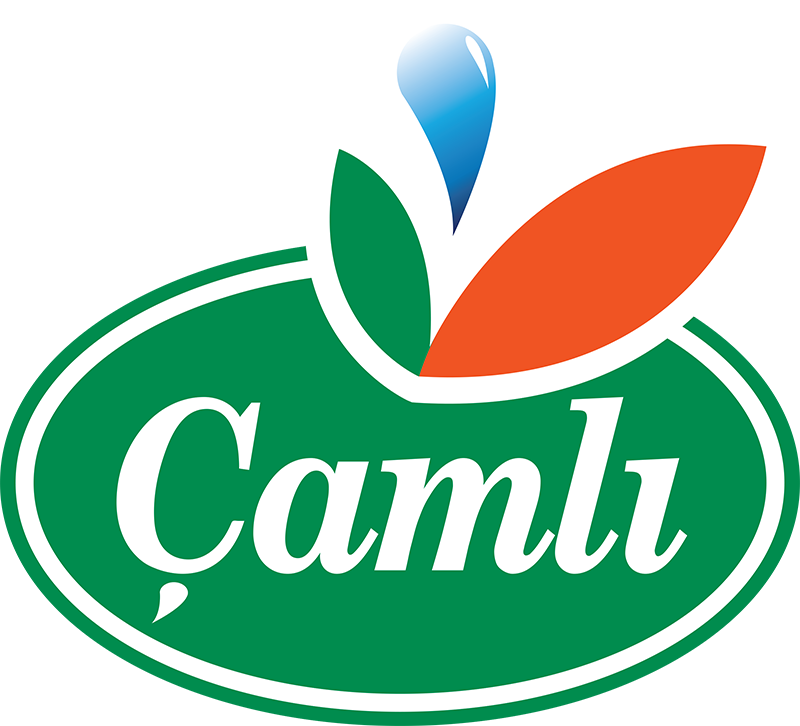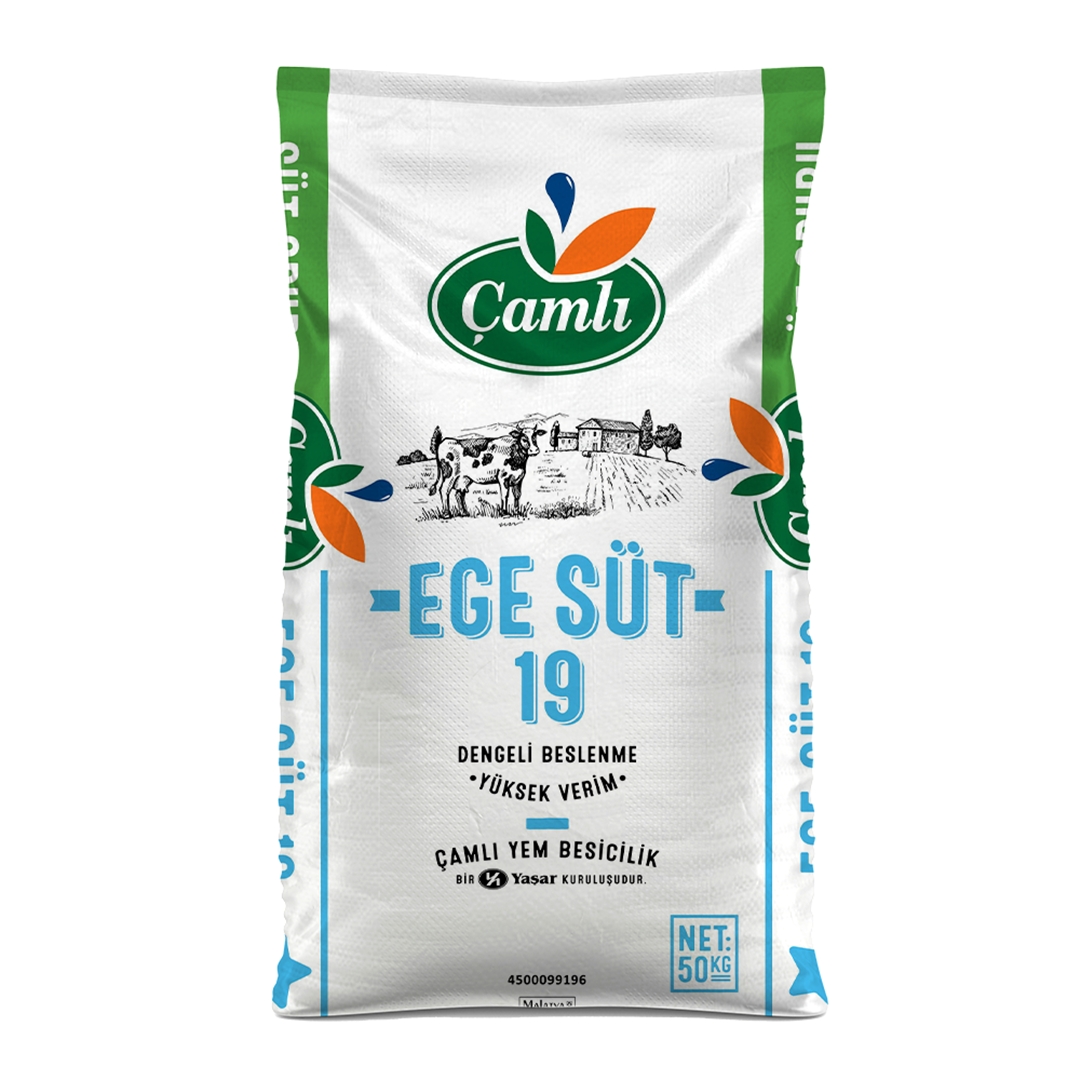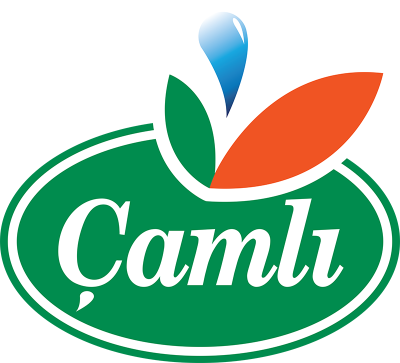Features
- It is tasty and consumed eagerly by the animals.
- It is an economical feed specially designed for farm profitability.
- With its suitable protein content, it is suitable for use alongside grain feeds (barley, corn).
- It increases roughage digestibility in rations based on low-quality roughage sources.
- It is a balanced feed in terms of energy, protein, vitamins, and minerals required by dairy cows.
Important Information
- Lactating animals should have access to fresh feed 24 hours a day.
- Lactating animals should have access to clean and drinkable water 24 hours a day.
- Lactating animals need to consume dry matter equal to 3-4% of their live weight daily. (This may vary depending on climate, housing conditions, milk production, etc.)
- To maintain healthy rumen activity, lactating animals should consume good quality dry forage (such as alfalfa hay, dry oat hay, barley straw, etc.) equal to 1% of their live weight daily.
- In free-stall housing systems, lactating animals require 1 m² of dry lying area per 100 kg of body weight, and a walking area twice that size.
- Lactating animals require at least 80 cm of feeding space per animal. If a lock-up system is used on the farm, leaving 10% of it empty is beneficial to allow shy animals easier access to feed.
- We should avoid making changes greater than 3% in the dry matter content of the daily ration or in any of the nutrients that make up the ration’s dry matter.
- We should house and feed lactating animals separately based on criteria such as production level, number of milking days, and lactation number.
- Milking procedures should be managed meticulously for lactating animals.
- Periodic care and preventive treatments for lactating animals should be conducted within the framework of a protocol.



